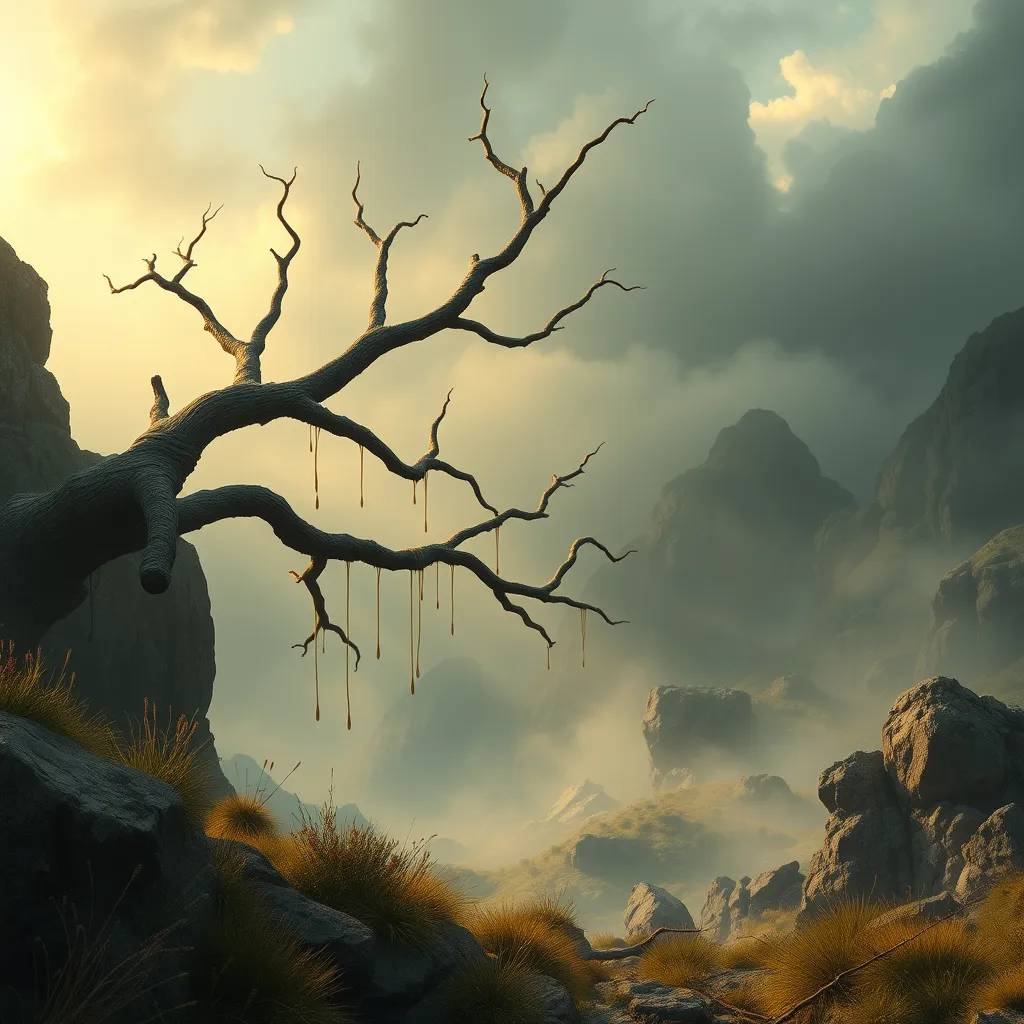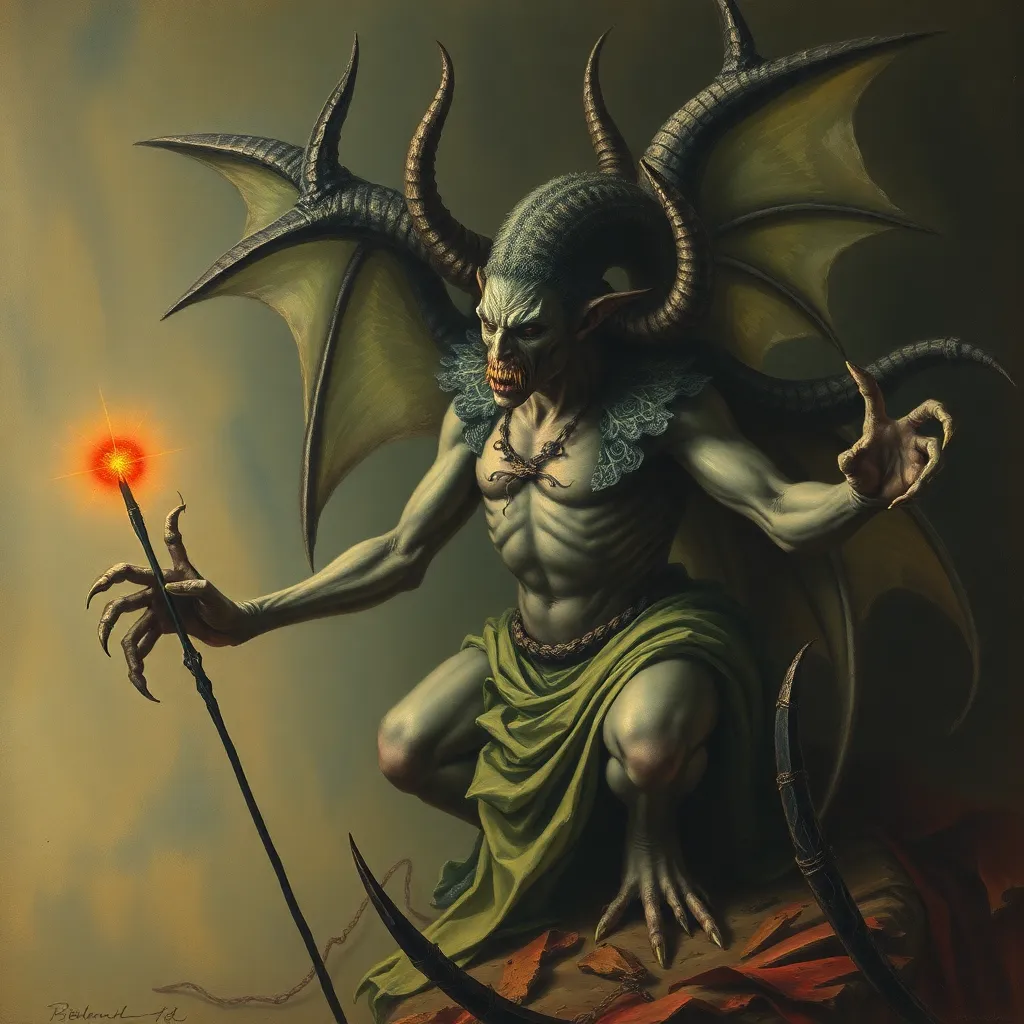Pan’s Pipes: The Music of Wildness in Ancient Cultures
I. Introduction
Pan, the enigmatic figure of Greek mythology, represents the harmonious interplay between humanity and nature. Often depicted as a half-goat, half-human being, Pan is not just a god of the wild, but also a symbol of rustic music, joy, and the untamed aspects of life. Music played a crucial role in ancient cultures, serving as a bridge between the spiritual and the natural world, and Pan’s pipes, or syrinx, epitomize this connection.
This article aims to explore the profound relationship between Pan’s pipes and the essence of wildness, delving into the mythology surrounding Pan, the construction and significance of the pan flute, and the broader cultural impact of music as a reflection of the natural world.
II. The Legend of Pan
The origins of Pan can be traced back to ancient Greek mythology, where he is often regarded as the son of Hermes. He embodies the spirit of the wilderness, known for his playful and mischievous nature. Pan is characterized by his goat-like features, including horns and hooves, which symbolize his connection to the earth and its untamed beauty.
Symbolically, Pan represents the duality of nature—its beauty and its wildness. He is the protector of shepherds and flocks, often associated with fertility and the flourishing of nature. His music, created with his signature pan flute, resonates with the sounds of rustic life and evokes the primal forces of the natural world.
In ancient Greek culture, Pan was revered in various festivals, such as the rustic celebrations held in his honor, where music and dance played essential roles. His influence permeated through literature, art, and even daily life, reminding people of their connection to the wild.
III. The Pan Flute: An Instrument of Nature
The pan flute, also known as the syrinx, is a musical instrument made of multiple pipes of varying lengths. Traditionally constructed from materials like reeds, bamboo, or wood, each pipe produces a different pitch, creating a harmonious sound that is both soothing and invigorating.
Historically, the pan flute has held significant importance in various ancient societies, serving not only as a musical instrument but also as a symbol of pastoral life. It was often played during rituals, harvest celebrations, and communal gatherings, fostering a sense of unity among participants.
In addition to its musical role, the pan flute was believed to have spiritual significance, often used to evoke the presence of gods or to connect with the natural elements. The sound of the pan flute is said to echo the melodies of the wind, the rustling leaves, and the flowing water, reinforcing its identity as an instrument of nature.
IV. The Sound of Wildness: Music’s Connection to Nature
Music has always been a reflection of the natural world, capturing its rhythms, sounds, and emotions. In ancient traditions, music served as a medium for expressing the beauty of nature and the complexities of human existence. The sound of Pan’s pipes, with its ethereal and haunting quality, evokes the essence of wilderness and freedom.
Emotionally and spiritually, music played a vital role in ancient cultures. It was a means of storytelling, a way to express joy, sorrow, and everything in between. The melodies created by Pan’s pipes resonate with the listener, conjuring images of serene forests, flowing rivers, and vast landscapes.
Through music, people could connect with the spirit of the wild, celebrating life’s transient beauty and the freedom that comes with it. The sound of Pan’s pipes remains a powerful reminder of our innate connection to nature.
V. Pan’s Influence on Ancient Art and Literature
Pan’s presence is prominent in ancient art and sculpture, where he is often depicted playing his flute amidst the natural landscape. These representations capture his essence as a god of the wild and the protector of nature, showcasing the harmony between humanity and the environment.
In literature and poetry, Pan serves as a muse for numerous writers and artists, symbolizing the untamed spirit of creativity. His character appears in works by renowned poets such as Theocritus and Ovid, where he is celebrated for his musical talents and connection to the rustic life.
The cultural legacy of Pan extends beyond ancient Greece, influencing storytelling traditions across various civilizations. His music and the themes of wildness, freedom, and nature resonate in many narratives, perpetuating his significance in the collective consciousness of humanity.
VI. The Role of Music in Ancient Societies
Music served multiple functions in ancient societies, encompassing rituals, festivities, and social gatherings. It was an integral part of communal identity, strengthening social bonds and fostering a sense of belonging. In many cultures, music was intertwined with religious practices, used to invoke the divine or to celebrate significant life events.
The relationship between music, nature, and community is evident in various ancient practices, where the sounds of instruments like the pan flute echoed the rhythms of the natural world. Music was not merely entertainment; it was a vital expression of cultural identity and an essential part of life.
Comparing ancient practices to modern interpretations reveals a continuity in the appreciation for music’s connection to nature. While instruments and styles may have evolved, the core essence of music as a reflection of the wild remains deeply rooted in human experience.
VII. The Revival of Pan’s Pipes in Contemporary Culture
In contemporary culture, there has been a resurgence of interest in nature-inspired music, including modern interpretations of Pan’s music and the pan flute. Artists across genres are incorporating the sounds of traditional instruments, creating a fusion of old and new that resonates with audiences today.
The revival of Pan’s pipes reflects a broader cultural movement towards reconnecting with nature, as people seek solace and inspiration from the natural world. This trend can be seen in various music genres, from folk and world music to ambient and new age, where the sounds of nature and traditional instruments are celebrated.
Furthermore, Pan’s legacy continues to influence contemporary musicians, inspiring them to explore themes of wildness, freedom, and the beauty of the natural world in their compositions.
VIII. Conclusion
In summary, Pan’s enduring legacy in music and culture highlights the timeless appeal of his pipes and the wildness they represent. As a figure who embodies the spirit of nature and the joy of music, Pan serves as a reminder of our deep connection to the natural world.
As we reflect on the importance of reconnecting with nature through music, we can appreciate how Pan’s pipes continue to inspire creativity and evoke a sense of freedom. The melodies that resonate from these ancient instruments remind us of the wildness that lies within and around us, inviting us to embrace the beauty of life’s untamed rhythms.



